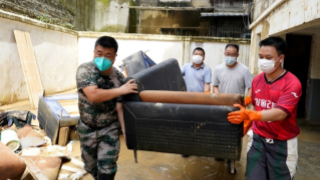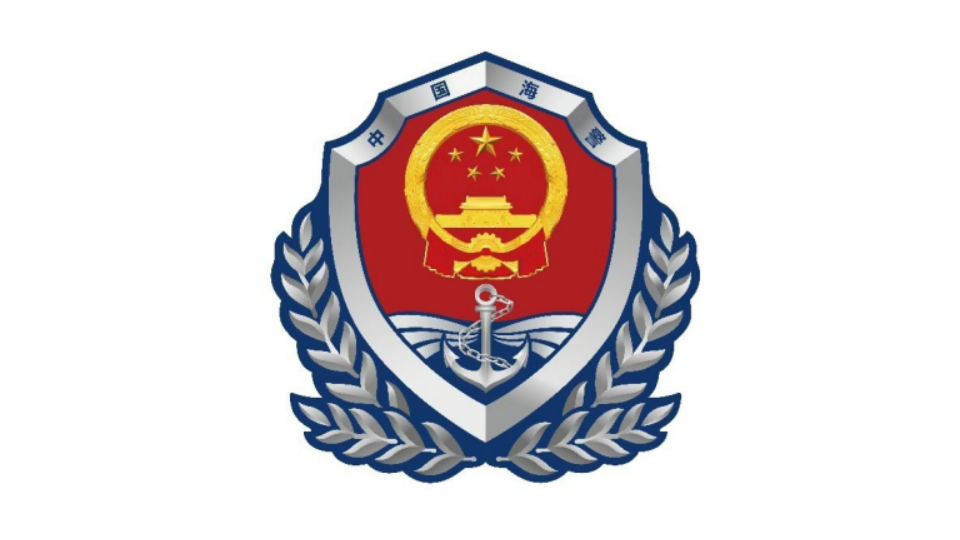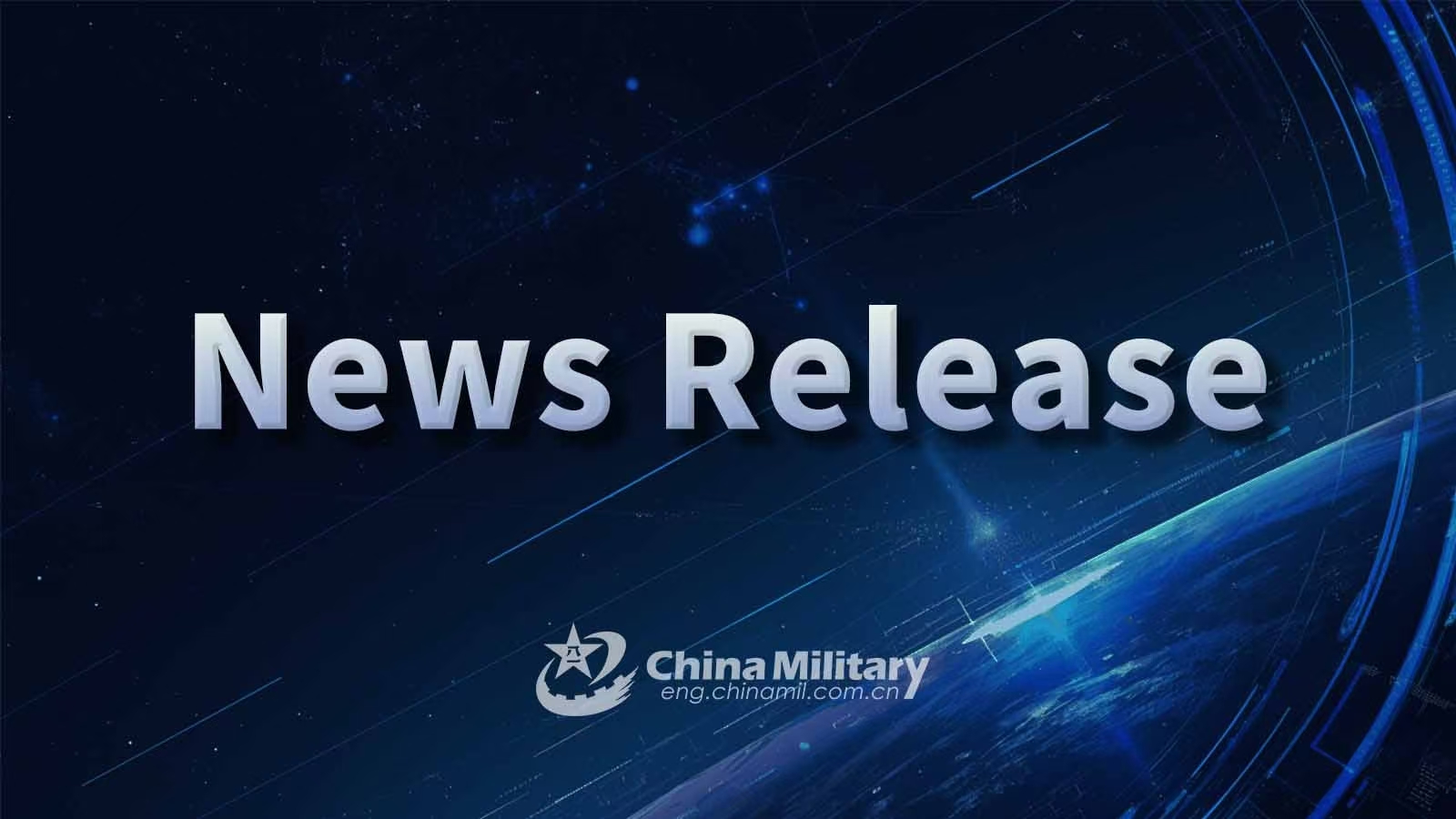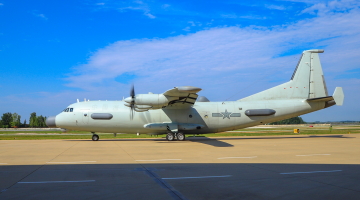By Wu Shicun
On April 10, the US guided-missile destroyer USS Milius illegally trespassed into the waters adjacent to the Meiji Reef of China's Nansha Islands without approval of the Chinese government. And on March 23 to 24, this same destroyer intruded into territorial waters off China's Xisha Islands twice on two consecutive days.
The recent US provocative "Freedom of Navigation" operations represent only the tip of iceberg for its military actions in the South China Sea, but speak volumes for its untouched persistent Asian-Pacific strategy in spite of the Russia-Ukraine conflict. US-manipulated militarization of the South China Sea characterized by forward force deployment and opposition against China will be the strongest disruptive factor for regional stability.
Since 2012, the US has conducted a number of military operations in the South China Sea, including building military base groups in the Philippines, continuously holding military drills through surface and underwater ship deployment, implementing so-called "freedom of navigation and overflight” actions, and close-in reconnaissance. US' military presence in the South China Sea has reached a peak after the Cold War, and still shows a rising tendency. According to preliminary statistics, bilateral and multilateral joint military exercises launched by the US in the South China Sea and surrounding sea areas amounted to 48 in 2022, while the number was 19, 29 and 33 respectively in 2016, 2017 and 2020.
The US, on the one hand, alleged to keep neutral around the conflicts related to the South China Sea, and accused China of coercing neighboring countries through the "gray zone strategy". However, on the other hand, it utilizes such a strategy to take side and totally deny and oppose the claim and right of China.
It's worth noting that the US is sparing no effort to carry out its "gray zone" strategy in the South China Sea, from cognitive warfare, legal warfare and public opinion warfare to joint maritime patrols. In May 2022, on the pretext of "striking illegal fishing operations", the US plotted a maritime intelligence acquisition and collection platform in waters of Indian Ocean, South China Sea and South Pacific Ocean, dominating a new maritime and air intelligence gathering system customized for China.
In addition, the US-dominated militarization of the South China Sea also leads to new camp and bloc confrontations in the regional security structure and geopolitical pattern. Since 2017, the US has attempted to build "US-Japan Plus", "US-Philippine Plus" and other "bilateral plus" or "mini-multilateral" security cooperation network around the South China Sea and waters around China.
The escalating geopolitical game between the US and China, more blurred situation of the Russia-Ukraine conflict, and elevated infringement and expansion impulses of claimant countries concerning the South China Sea issue, have brought more uncertainties to the security situation in this area, and there may be a seesaw battle between the positive peace-keeping forces and negative peace-breaking forces.
As a main initiator and participant in the construction of international order after WWII, the US has the duty and responsibility to promote peace and stability in the South China Sea, inject positive energy and play a constructive role in maintaining the existing order of this region.
First, the US should strive to settle China-US divergences around the South China Sea issue by diplomatic means. Military presence expansion will do nothing good for regional peace and stability, but intensify China-US interest conflicts, and even force other surrounding countries to take side.
Second, the US should stop building up military base construction and force deployment targeting China. Its military base expansion in the Philippines will only aggravate the instability in the South China Sea, and draw the Philippines into the swirls of great power competition and China-US conflicts.
Third, the US should reduce and stop military and paramilitary actions targeting China. Cooperation and real multilateralism are the only way to achieve absolute security, which is the universal consensus of academics in the two countries and the international community. The US should reduce so-called "freedom of navigation" operations, close-in reconnaissance, joint patrol, coast guarding activities, as well as bilateral and multilateral military exercises targeting China in this area.
Fourth, the US should stop hyping the award of South China Sea arbitration, and practice restraint in diplomatic and legal actions on the basis of this arbitration. Evidence has proven that the South China Sea arbitration initiated by the Philippines under the US manipulation goes against the settlement of China-Philippine maritime disputes, and brings about haunted negative influences to China-Philippine relations and maritime situations. If the US wants to prove it is not a "troublemaker" in the South China Sea, it should stop conducting so-called "freedom of navigation" operations, stop releasing "Limits in the Seas" report or partisan government statement, and stop hyping up the award of South China Sea arbitration.
Fifth, the US should stop sending false and misleading signals to the Philippines to prevent this country from taking risks in island control and construction. The US-Philippine alliance does not simply lie in pursuit of security for itself and its allies, or even sacrifice of security and stability of other countries.
Sixth, it should stop disturbing and interfering negotiation of the Code of Conduct directly or indirectly, and support China and ASEAN countries' efforts in the construction of rules and orders of the South China Sea. The existing outcome and early harvest of the code negotiation were hard won, and consistent hype of the arbitration award and dirt-dishing on the negotiation will only hinder the maritime cooperation under the framework of the Declaration on the Conduct of Parties in the South China Sea, and bring in more uncertainties to the negotiation.
As the security situation in the South China Sea is getting increasingly severe, countries in this region know well who the defender of peace and stability is, and who the troublemaker is.
(The author is the chairman of Huayang Research Center for Maritime Cooperation and Ocean Governance, chairman of the Board of the China-Southeast Asia Research Center on the South China Sea, and a chair professor of Xiamen University)
Editor's note: Originally published on guancha.cn, this article is translated from Chinese into English and edited by the China Military Online. The information and opinions in this article do not necessarily reflect the views of eng.chinamil.com.cn.









